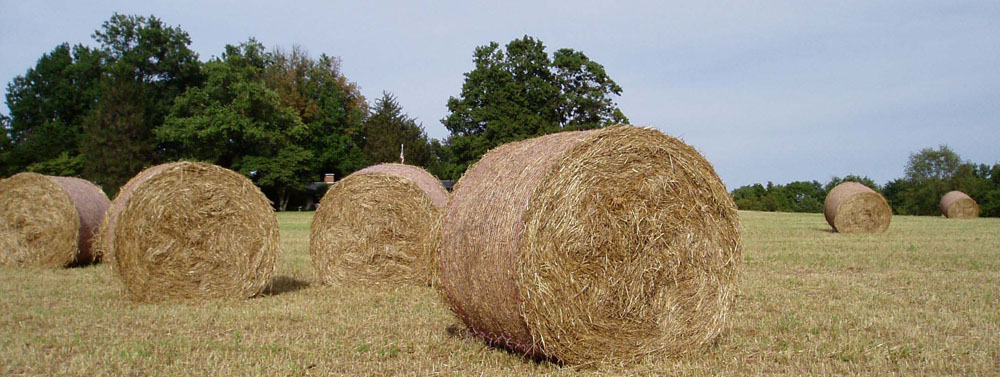Agribusiness Markets Go Well Beyond Food
In the old days, agribusiness referred to a business providing farm inputs. This broadly impacted everything involving goods and services connected to agricultural commodities. Commodities are the raw products from crops and livestock that cannot be differentiated on product quality. Farmer Mike’s corn is essentially indistinguishable from Farmer Polly’s corn in the market.
Ag Commodity Markets: As commodities move from the farm to retail, they move through processing and distribution sectors that add value to the undifferentiable commodities. Once a commodity is transformed into a brandable product, or differentiated, firms can then set their prices. Marketing has more of an impact on sales when the products are branded.
Value Chain Markets: Over the last few decades, much more attention has been paid to the power of managing the movement from inputs to commodities to value-transformation to retail. Managing the supply chain from input providers up to retail, or the value chain from the retail-level, down. Today’s best-known poultry companies began as input suppliers, operating feed mills, and worked expanded their way up to providing food to the retail grocery stores and restaurants. Business opportunities along the market channel are larger than simply supplying inputs for commodity production.
Bioenergy, Fiber, and Non-food Markets: Nearly 20 years ago the dry-mill ethanol industry erupted. Not long after, the pellet-fuel industry grew so fast that new U.S. ports were built to accommodate new export markets for value-added sawdust (pellets). Both are fascinating stories. Another important compelling story is the evolution of everything biobased or derived from plant components. Some of this expansion is due to the federal bio-preferred policy that establishes market standards for biomass-derived goods and services for which the federal government is incented to purchase. The federal government has a statutory (mandated) preference to purchase bio-based products.
Located somewhere in this basic hierarchy of non-food retail markets, are orchards and experiential agricultural businesses. Some consumers are willing to pay more to experience food production and have connections to food producers. All these food-production adjacent markets use the same skill set and often are interdependent on traditional agricultural commodity markets.
Climate and Environmental Services Markets: Expanding federal and state policies that elevate climate-related markets have influenced these new markets. In addition, there is a growing group of consumers who are authentically willing to pay premiums for climate mitigating products and services. Investors are betting billions of dollars on renewable and climate friendly technologies. It is more than a single environmental policy that is driving these events. There are market links to increased demand, available investors, and many more policies. The EPA curiously, oversees the Renewable Fuel Standards even though biofuels provide energy products to the marketplace.
As illustrated in previous posts, it is difficult to get all these related plant-derived industries under the same economic label. These four independent markets described above each have their own culture, language, policy, and market influences. One common thread does run through all these expanding markets. New business opportunities that utilize skills surrounding agricultural-related products and services have grown exponentially for a labor force with critical-thinking, applied science, backgrounds in agribusiness.



Comments
Agribusiness Markets Go Well Beyond Food — No Comments
HTML tags allowed in your comment: <a href="" title=""> <abbr title=""> <acronym title=""> <b> <blockquote cite=""> <cite> <code> <del datetime=""> <em> <i> <q cite=""> <s> <strike> <strong>